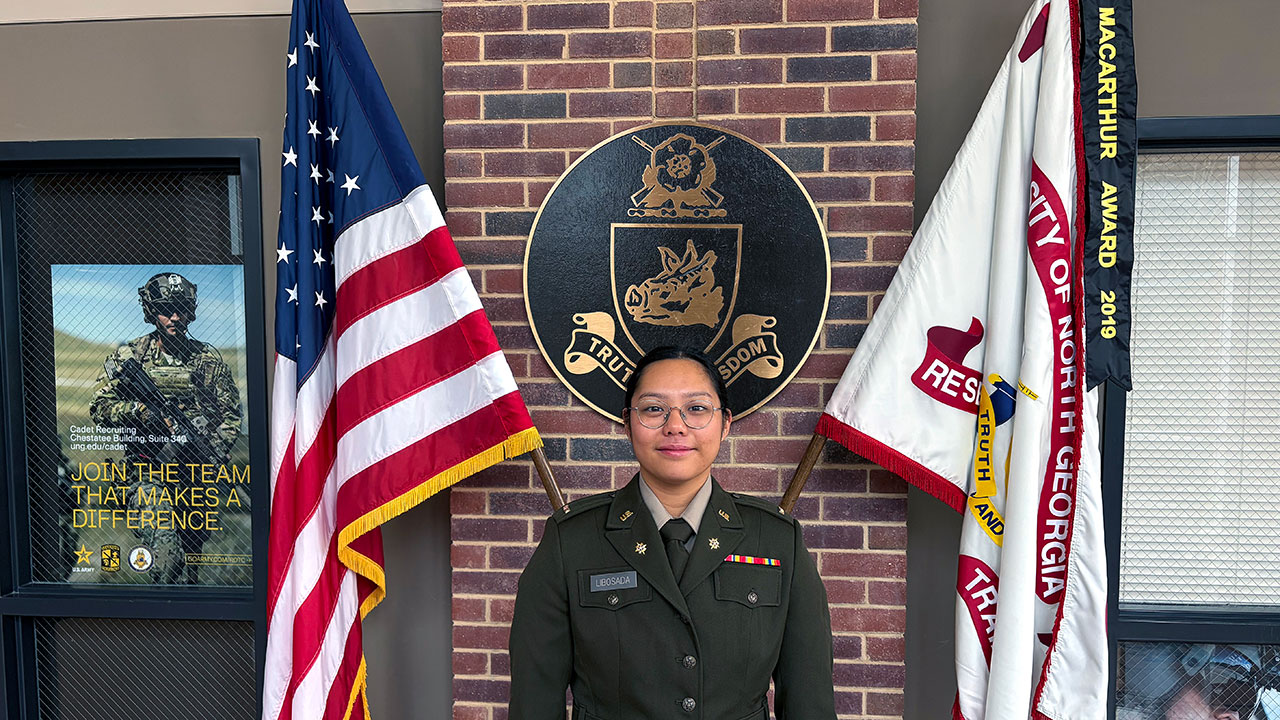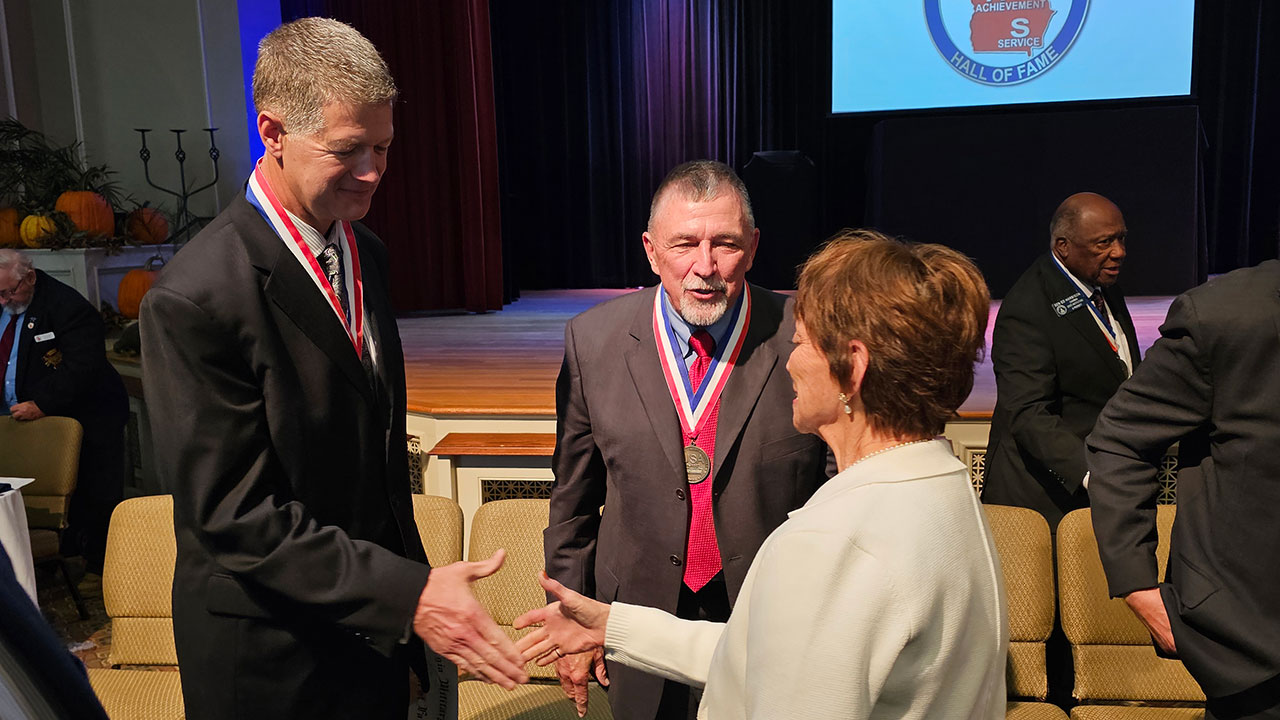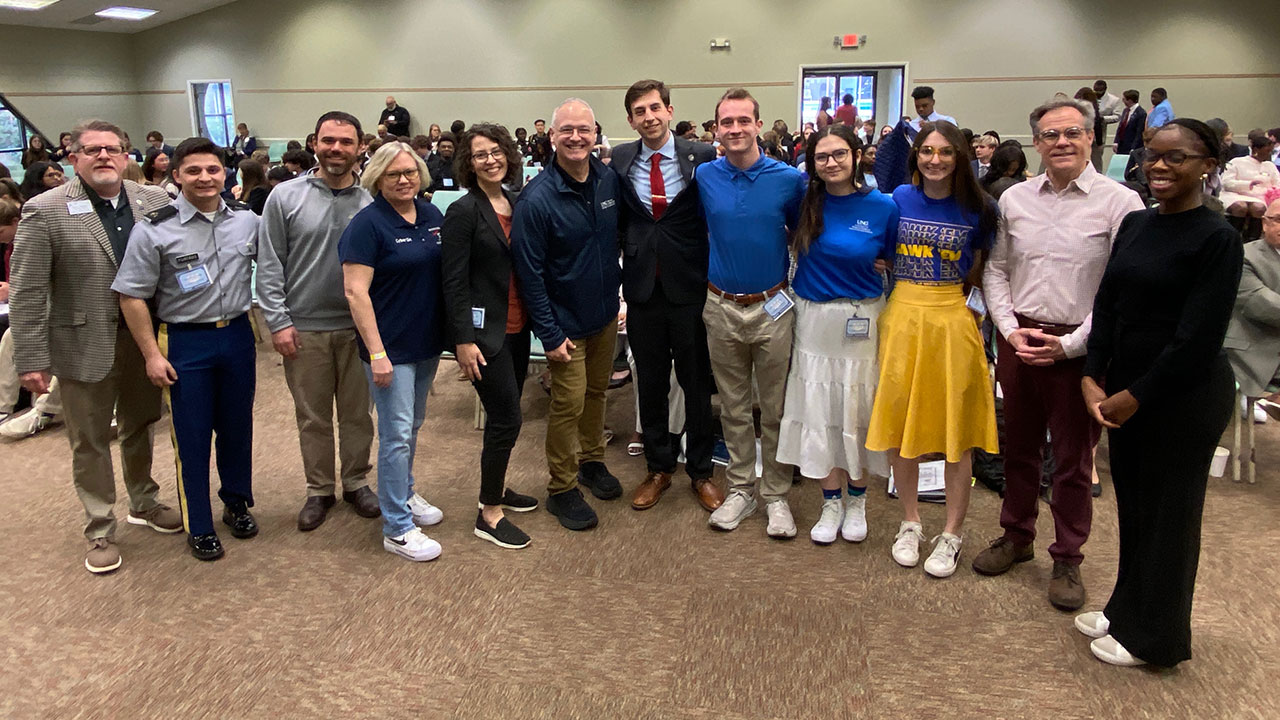Merrill's Marauders film to premiere at UNG March 3

The University of North Georgia (UNG) will host the premiere of "They Volunteered for This: Merrill's Marauders" at 7 p.m. March 3 at UNG's Dahlonega Campus.
Tim Gray, award-winning filmmaker and founder of the World War II Foundation, created the documentary, which traces the epic journey of a top-secret, commando unit of soldiers who fought in Burma under the legendary Gen. Frank D. Merrill in 1944. Retired longtime NBC Nightly News anchor Tom Brokaw, who wrote "The Greatest Generation," narrates the documentary.
"A special light infantry force designed for deep penetration raids in enemy territory, the Marauders reached the very limits of human endurance," retired Lt. Col. Keith Antonia, a member of the Ranger Hall of Fame, former commander at Camp Frank D. Merrill, and associate vice president for military programs at UNG, said. "The Marauders were the epitome of American soldiers in World War II."
UNG students, faculty and staff may make reservations through UNG Connect to watch the documentary in the Health and Natural Sciences building auditorium. Other community members may make reservations to see the documentary in UNG's Dining Hall Banquet Room or the Library Technology Center’s Special Collections Room. Seating is limited in each venue and reservations are required through UNG Connect.
"As one of only six senior military colleges in the nation and the Military College of Georgia, and because of UNG's strong relationship with Camp Frank D. Merrill, we are honored to host the premiere of this important documentary at UNG," President Bonita Jacobs said.
Camp Frank D. Merrill, home of the Army's 5th Ranger Training Battalion, is located about 12 miles from UNG's Dahlonega Campus. UNG's Corps of Cadets sometimes uses the camp for its trainings.
"We are looking forward to holding the world premiere of this important film at UNG. We are also excited to have a few of the original Merrill's Marauders with us during the viewing," Gray said. "There are just a handful of the original 3,000 men still living. It will be an honor to host them."
As one of only six senior military colleges in the nation and the Military College of Georgia, and because of UNG's strong relationship with Camp Frank D. Merrill, we are honored to host the premiere of this important documentary at UNG.
Dr. Bonita Jacobs
UNG president
During the war, the Marauders were not supplied very well and had to use mules to move from place to place to carry what supplies they did have. The Japanese thought the soldiers were actually a group of 15,000-plus due to their success of being in so many places and because of the damage and casualties they were able to inflict. They received the Congressional Gold Medal in 2021.
Bob Passanisi, a technician fifth grade who is one of the Marauders, is grateful to see the often forgotten group gain this attention.
Now 97 and a resident of Lindenhurst, New York, Passanisi said, "I was one of 12 children born to Italian immigrants, 17 years old when I joined the Army and 19 when I volunteered in 1943 for a 'dangerous and hazardous' mission expecting more than 85 percent casualties. Now, almost 80 years later, only a handful of us are alive. We didn't have ticker-tape parades waiting to welcome us home. My biggest regret is that there aren't more of my buddies alive to take part in this wonderful recognition we are finally receiving."
Marauder and current oldest Army Ranger Gabriel Kinney, 101, from Alabama, and Gilbert Howland, 98, a triple Combat Infantryman Badge recipient from New Jersey, plan to attend the premiere.
Dr. Jon Beall, associate professor of history at UNG, said the Marauders predated special operations units and set a model for the future due to their success. The British had a similar unit known as the Chindits, from which the Marauders learned.
"They trained with the British to move quickly in difficult terrain to attack from unexpected directions," Beall said.
With only what they could carry on their backs or mules, the Marauders defeated the superior Japanese 18th Division in five major battles and 30 engagements on their history-making march of almost 1,000 miles to seize northern Burma's Myitkyina airfield. That enabled planes to begin flying supplies over the Himalayas so the Burma and Ledo roads could be connected and a critical land route could be forged into China, an Allied country in WWII. Capturing the airfield helped shorten the war in Burma.
Lt. Col. Christopher Green, the current commander at Camp Merrill, has enjoyed meeting some of the Marauders in recent years.
"Getting to know these guys and hear their stories, they're some of the precursors to the current Ranger community," Green said.



